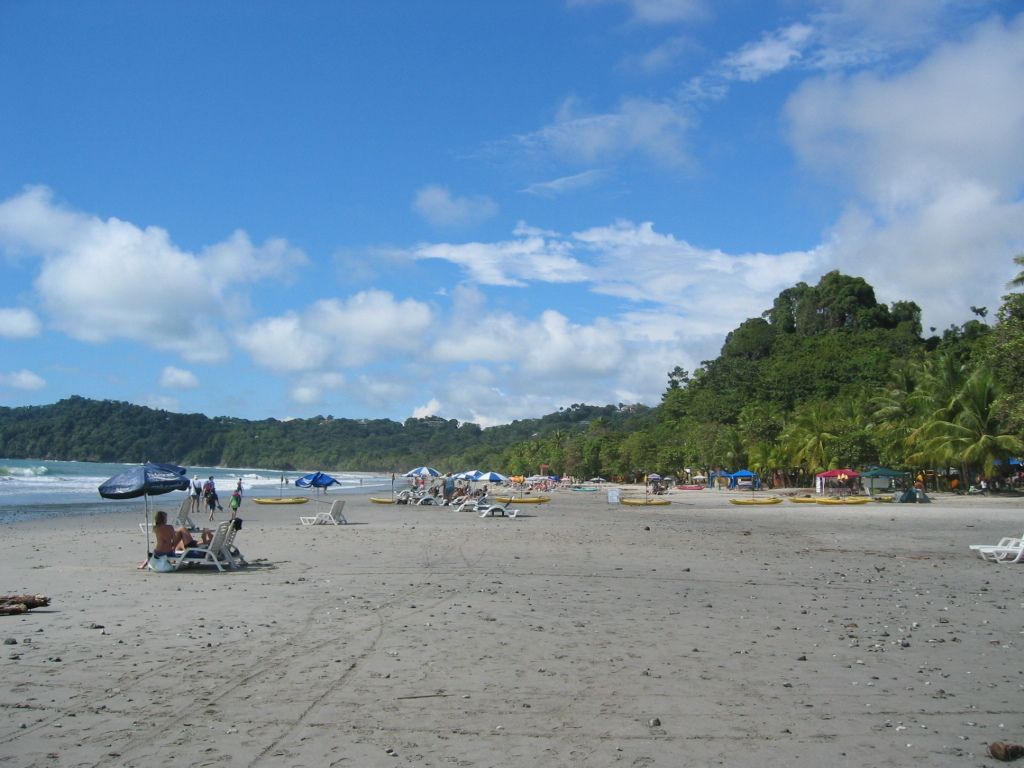Advantages of LoRaWAN Networks in the Oil and Gas Sectors
In the past, the oil and gas sector heavily relied on satellite Internet to track critical points in pipelines and gauge the overall system's performance. Today, with the emergence of digital technologies, the landscape has drastically transformed. Modern monitoring applications and IoT solutions enable cost-effective tracking of numerous key points in oil-gas companies, all while consuming minimal power.
These cutting-edge technologies, like LoRa-based remote monitoring systems, link oil platforms, industrial equipment, pipelines, and storage tanks, revolutionizing the oil and gas sector. Employing LoRaWAN applications and alternative technologies allows companies to keep their equipment in top shape and make smarter decisions regarding industrial processes. By utilizing LoRa-compatible products, oil and gas companies can effectively monitor their assets, potentially reducing operating costs and minimizing downtime.
The 21st century brought a digital transformation to the energy markets, encompassing intelligent sensors, cellular coverage, oil and gas IoT solutions, and other components of smart, low-cost infrastructures. These digital advancements offer cost savings and efficiencies that oil and gas firms can leverage, especially during uncertain economic times and a global pandemic. O&G operations are intricate and mission-critical due to remote locations, hazardous environments, engineering and technical expertise needed for return on investment, and the critical nature of the product and its distribution.
The industrial sector is transitioning from the ISA-95 model of SCADA to Industry 4.0, the fourth industrial revolution. This shift brings a new set of asset management technologies that support the Internet of Things (IoT) and Industrial Internet of Things (IIoT). Industry 4.0 was initially designed for manufacturing but has become indispensable for all industrial vertical markets.
Industry 4.0 involves digitally connecting computers and networks to automate systems and make decisions without human involvement. Sectors such as energy are leveraging Industry 4.0 technologies to ensure cost-effective, efficient data collection to boost productivity, safety, and efficiency.
O&G firms have unique applications, such as oil pipeline monitoring and predictive maintenance, that can benefit from digital technology. Although each operation varies and has specific requirements, technology providers are stepping in to help address the industry's needs, bringing long-term benefits. The global pandemic has accelerated the sector’s digital transition and increased the demand for devices to enhance operational efficiency and productivity.
LoRaWAN technology is playing a significant role in automating and digitalizing the oil and gas sector's production and manufacturing operations. LoRa-enabled sensors lead the way for long-term implications for O&G cost efficiency, worker safety, pressure and risk-free environments, and reliable operations. Equipment constructed according to LoRaWAN specifications offers a balanced trade-off between device density, long battery life, and range, with secure AES-128 encryption. LoRaWAN boasts a sturdy RF link budget of 154 dB in the United States, allowing it to communicate effectively in noisy environments, such as an oil field.
LoRaWAN offers several advantages over other emerging and established wireless technologies. One of its key advantages is the long range of the technology without the need for vast infrastructure or the management of complicated mesh networks. The protocol effectively propagates RF signals within dense industrial environments, such as refineries, and can travel over 16 kilometers (10 miles) in open upstream oil fields. Compared to more traditional options like proprietary wireless technologies often used in energy and cellular 4G and 5G network equipment, LoRaWAN offers lower prices, including installation and maintenance fees. LoRaWAN devices are ideal forasset tracking in manufacturing and production companies. From tracking energy use to real-time data about air conditions including temperature, humidity, and other elements of environmental safety, LoRaWAN IoT sensors can be placed anywhere. LoRaWAN systems, such as gateways, can handle hundreds of messages per second.
Asset tracking solutions can be deployed for various assets, including equipment, parts, and production lines. IoT has the potential to transform the way companies do business by improving efficiency, enhancing productivity, and creating a safer work environment. IoT asset tracking systems have been used effectively in data center operations, resulting in faster maintenance and repair, and minimizing delays, ultimately improving customer experiences.
LoRaWAN technology can help oil and gas companies improve their operations in remote areas with minimal traditional communication systems. With low power consumption and affordable costs, LPWAN connectivity systems offer cost-effective solutions, significantly increasing the productivity and efficiency of infrastructure. Offshore O&G production often takes place in remote locations where traditional communication is not available. The low cost and long battery life of LPWAN devices make them perfect for these types of operations, enabling remote monitoring to minimize downtime and enhance safety and compliance.
Using IoT sensors and cloud connectivity, O&G companies can employ a variety of IoT technologies for predictive maintenance, reducing non-productive time and maximizing drilling performance. These devices can monitor pipeline pressure, drilling processes, and detect leaks and temperature changes, as well as monitor machinery conditions in their early stages. By integrating IoT and increasing connectivity, oil-gas companies can manage their assets more effectively, potentially saving billions of dollars.
Our website offers advanced gateways and sensors tailored for the industrial sector, with devices featuring outstanding network connectivity and real-time data collection. By following the unique requirements of complex facilities, our devices ensure optimal performance and maintain robust and long-lasting solutions.
For instance, our website provides the KONA Mega Ex Gateway, a rugged, scalable gateway that supports up to 500 LoRaWAN devices and offers cellular 3G/4G Modem and GPS receiver for location tracking. With capabilities to accommodate high flow rates, accurate data collection, and the ability to transmit data over vast distances, the KONA Mega Ex Gateway offers an ideal choice for industrial applications.
Another device from our website is Pelican, a dependable and robust tracking device perfect for industrial IoT applications. Capable of tracking temperature and humidity, asset control, and an accelerometer, Pelican provides real-time updates and has a battery life of up to 15 years. With a partially cloud-based infrastructure, Pelican ensures data accessibility from anywhere at any time. Both of the aforementioned devices are equipped with our website's proprietary LoRaWAN technology, an optimal blend of low-power, long-range communication.
In essence, LoRaWAN technology is ideal for automating tasks that do not require high data rates but do require a wide area of coverage and secure data transmission. The low data rate of LoRaWAN and long-range IoT communications utilize a license-free RF spectrum in the ISM band, such as 915 MHz in the United States, 868 MHz in the European Union, 433 MHz in some regions, and 920 MHz in the Asia Pacific region. LoRaWAN protocol provides bidirectional communications in a simple star network topology, suitable for connecting sensors & actuators capable of localization for tracking.
Our website Communications is here to be your partner and guide to IoT technology. For more information and assistance, don't hesitate to contact our support team.
- In the oil and gas sector, LoRaWAN applications and other IoT solutions are employed to revolutionize asset tracking, linking oil platforms, pipelines, industrial equipment, and storage tanks through wireless networks.
- LoRaWAN IoT sensors can be placed anywhere, offering the potential to track energy use and real-time data about air conditions, temperature, humidity, and other elements of environmental safety.
- IoT asset tracking systems have been used effectively in data center operations, leading to faster maintenance and repair, and minimizing delays, ultimately improving customer experiences.
- For industrial applications, our website offers the KONA Mega Ex Gateway, a rugged, scalable gateway that supports up to 500 LoRaWAN devices, offering cellular 3G/4G Modem and GPS receiver for location tracking, and Pelican, a dependable and robust tracking device perfect for industrial IoT applications, capable of tracking temperature and humidity, asset control, and an accelerometer.








